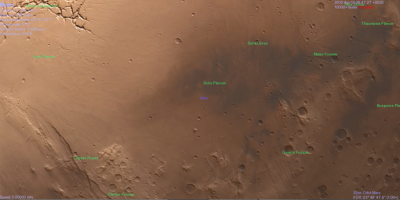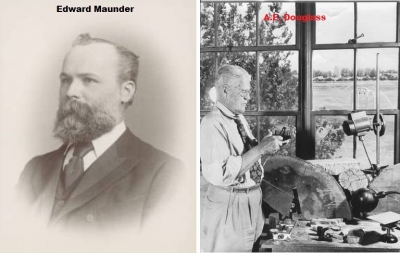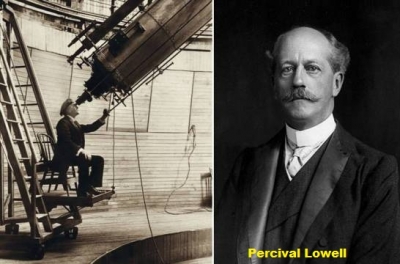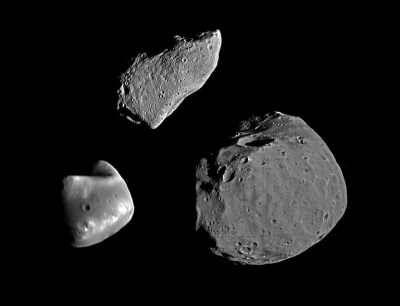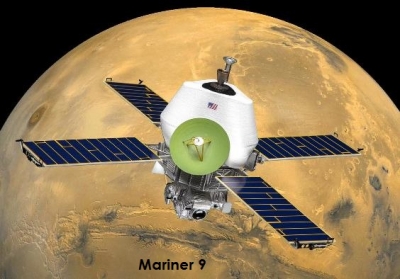
By mid-1900s the Martian-canal confusion had cleared completely, and scientists were convinced that Mars was a dry planet. Photographs taken by the U.S. National Aeronautics and Space Administration’s (NASA) Mariner 4 spacecraft in 1965 and other Mars missions after that had played a huge role in it. That was why everyone was puzzled when about a decade later, in 1972; NASA’s Mariner 9 sent back images of a Martian surface lined with grooves! These were no Martian-made canals like Lowell had predicted, or straight, crisscrossing canali like the ones Schiaparelli had sketched on his maps. They were winding channels carved into the surface of Mars, kilometres long, and very similar to the river-made features we see on the Earth, except that they were completely dry!
It clearly looked as if flowing water had created such terrains but Mars had no liquid water! In fact, its atmosphere is so thin and dry that any water poured on its surface will immediately freeze or evaporate. Gradually, as more and more evidence of its past was discovered, scientists understood that Mars might have been quite a different planet millions of years ago – with a denser atmosphere, it might have been warmer and wetter than it is today. This justifies the possibility that the Martian channels may have been created by floods!
Picture Credit : Google


